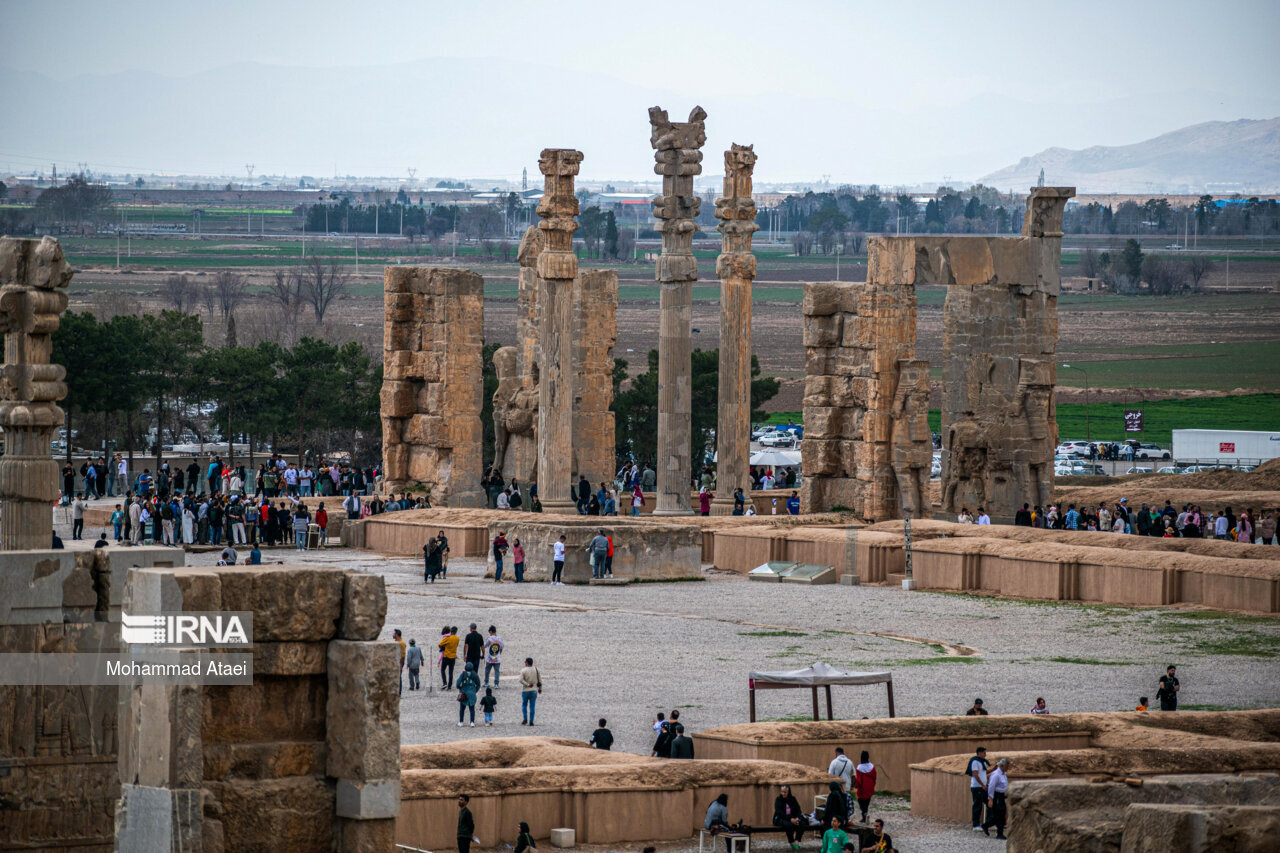Iran plans new tourist pathway linking Persepolis, Naqsh-e Rostam, and Naqsh-e Rajab
TEHRAN – The Cultural Heritage, Tourism, and Handicrafts Directorate of Fars province has announced the design of a new 6-kilometer tourist pathway connecting three of Iran’s most iconic archaeological sites: Persepolis, Naqsh-e Rostam, and Naqsh-e Rajab. According to Mohammad Sabet-Eqlidi, who presides over the directorate, the planned route will feature three separate lanes: one for


TEHRAN – The Cultural Heritage, Tourism, and Handicrafts Directorate of Fars province has announced the design of a new 6-kilometer tourist pathway connecting three of Iran’s most iconic archaeological sites: Persepolis, Naqsh-e Rostam, and Naqsh-e Rajab.
According to Mohammad Sabet-Eqlidi, who presides over the directorate, the planned route will feature three separate lanes: one for pedestrians, one for cyclists, and one for vehicles.
“The scheme is to create a seamless experience for visitors, allowing them to explore these ancient landmarks in an integrated manner,” Sabet-Eqlidi said on Wednesday.
The initiative is part of a broader effort to enhance Iran’s cultural tourism infrastructure, offering both domestic and international travelers a chance to explore some of the most significant landmarks of human history.
Persepolis: a UNESCO World Heritage gem
At the heart of this route is Persepolis, the ceremonial capital of the Achaemenid Empire. Constructed 2,500 years ago, Persepolis is a UNESCO World Heritage site renowned for its grandiose palaces, towering columns, and intricate bas-reliefs. The site stands as a testament to the artistry and architectural prowess of ancient Persia.
Visitors to Persepolis can admire carvings depicting royal ceremonies, soldiers, and dignitaries, offering a glimpse into the Achaemenid Empire’s sophistication and cultural values. Highlights include the Apadana Palace and the Throne Hall, which exemplify the empire’s ambition and monumental achievements.
Naqsh-e Rostam: a necropolis of Achaemenid Kings
Located a short distance from Persepolis, Naqsh-e Rostam is an awe-inspiring necropolis featuring the tombs of four Persian Achaemenid kings, believed to include Darius I, Xerxes I, Artaxerxes I, and Darius II. The tombs, carved into the cliffs, are accompanied by seven striking Sassanian bas-reliefs that portray imperial victories and ceremonial grandeur.
Adding to the mystique of Naqsh-e Rostam is the Ka’beh-ye Zardusht (Kaaba of Zoroaster), a square structure thought to date back to the early 6th century BC. This ancient site beautifully intertwines the legacies of the Achaemenid and Sassanian eras, showcasing their artistry and reverence for history.
Naqsh-e Rajab: a testament of Sassanian arts
Often overshadowed by its renowned neighbors, Naqsh-e Rajab is no less significant. Situated just three kilometers from Persepolis, this site preserves petroglyphs from the early Sassanid kings, offering a glimpse into their eagerness to document history.
Naqsh-e Rajab features a “museum of stone carvings,” highlighting scenes of regal ceremonies and triumphs. Despite its lesser fame, the site’s carvings provide invaluable insight into Sassanid history and art, complementing the narratives of Persepolis and Naqsh-e Rostam.
AM
